Who Is Ibrahim Mahama (Artist) ?
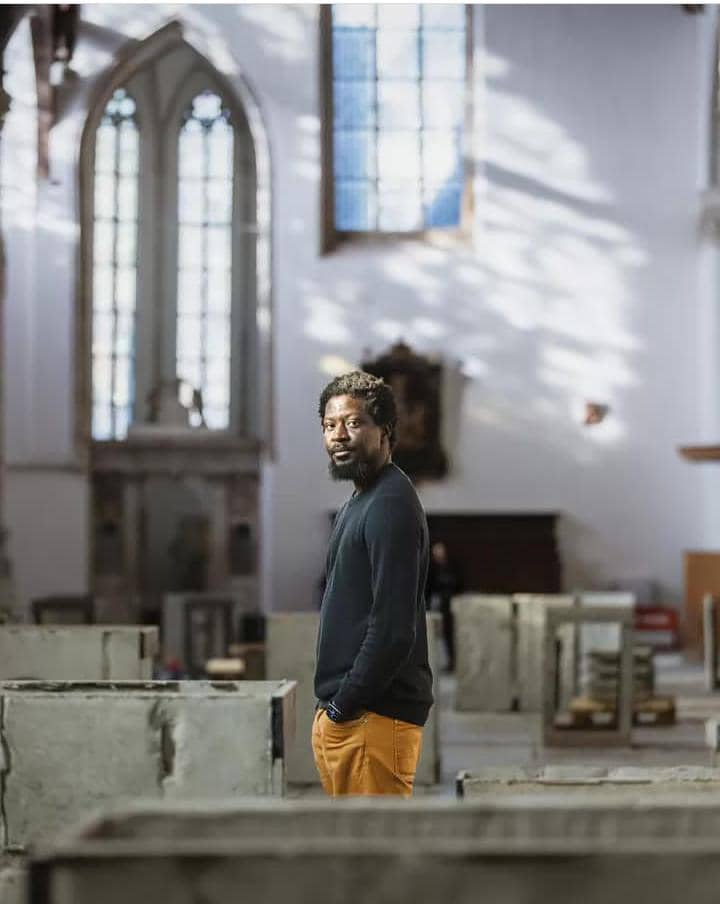
Many people may be familiar with Tamale's Red Clay or SCCA, but do they know who is responsible for those great arts? Ibrahim Mahama is the one carrying out all of those outstanding deeds. He is a Ghanaian author and gigantic installation artist who was born in 1987. He has a home and a job in Tamale, Ghana.
Artist Ibrahim Mahama is renowned for large-scale installations built from materials of particular meaning to Ghana's past and present. His work is concerned with value, global commerce, and the remnants of colonialism.
Who Is He?
Mahama was born in 1987, Tamale, Ghana. Kwame Nkrumah University of Science and Technology in Kumasi, Ghana, awarded him a BFA in painting in 2010. The same university also awarded him an MFA in painting and sculpture in 2013.
He is best known for the Among Mahama's most famous works are the huge jute sack sculptures he created. Jute bags are used in markets and for the transportation of items including food, charcoal, and coal. They are made in Southeast Asia and imported to Ghana.
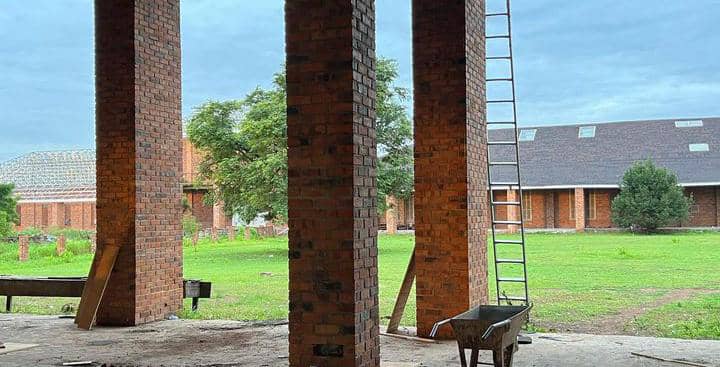
What Is His Art About?
Ibrahim Mahama is very unique in the creation of his artwork, the way he stacks the materials and the choice of materials he takes is a sight to behold. From the works at Red clay to Nkrumah Voli-n and SCCA. He has created reached wide diverse creative hands and ideas which in all has made his works unique and full of aesthetics.
He explores themes including commodities, migration, globalization, and economic exchange through the alteration of materials. He uses materials acquired from urban areas, such as scraps of wood or jute bags that are sewn together and draped over architectural elements. The jute bags that are associated with Ghana's trade marketplaces, where Mahama lives and works, initially caught his attention because of his interest in the material, the technique, and the audience. The Ghana Cocoa Boards imports the South East Asian-made sacks to transport cocoa beans, but they eventually become multipurpose items that are also used to transport food, charcoal, and other goods.
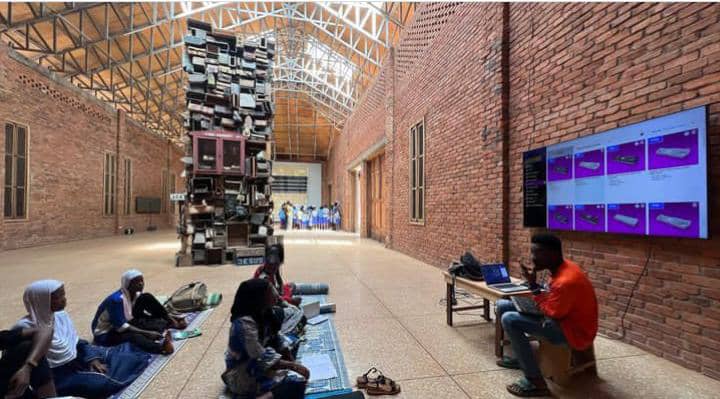
The method through which the artist receives his materials is a crucial aspect of his profession. Mahama, for instance, enlisted dozens of colleagues to create hundreds of "shoemaker boxes" for Non-Orientable Nkansa. These little wooden containers, which once held tools for polishing and mending shoes, were crafted from building materials discovered in Accra and Kumasi. The boxes, which bore the insignia of the "shoeshine boys" trade, served as an improvised drum that was banged to entice customers. These items were acquired by Mahama and his allies through a process of bargaining and trading. The containers were packed with additional repurposed materials like heels, hammers, and needles and were assembled into a single, imposing unit as part of Mahama's ongoing investigation.
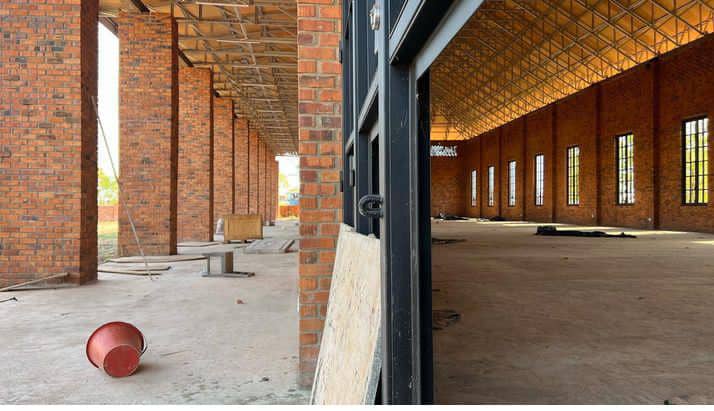
His Art Work
Ibrahim Mahama has done a lot in the art industry and has done a lot in putting Ghana on the map. His works started not today but a lot of time ago. Most people associate the jute sacks as his first art. The huge jute sack sculptures he created. Jute bags are used in markets and for the transportation of items including food, charcoal, and coal. They were first made in Southeast Asia before they were then imported to Ghana.
When Mahama covered public structures with jute bags for Documenta 14 in Athens and the Arsenale complex during the Venice Biennale, he attracted attention from all over the world. This was in 2015.
Fragments 2017
The artist organized his first exhibition at London's White Cube two years later. The name of the program, Fragments, was taken from Ayi Kwei Armah's 1970 novel of the same name, which examines the interaction between a person and society against the backdrop of materialism, moral decline, and governmental corruption in a newly independent Ghana. The White cube was an exhibition of small wooden boxes which he used mostly in Ghana to keep tools used for polishing shoes. These were called the Non-Oriental Nkansa which he worked with a lot of people to get the boxes.
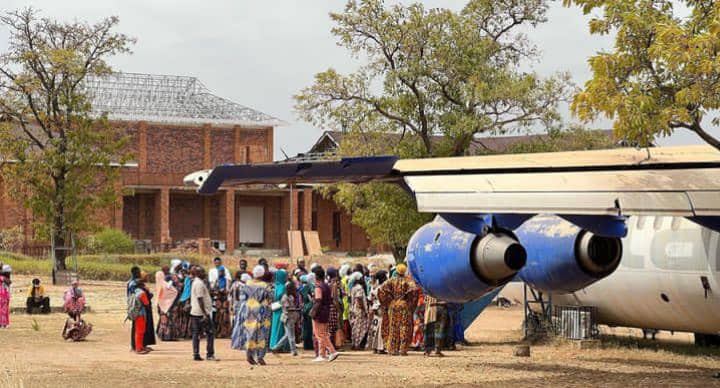
Venice Biennale 2019
Mahama traveled again to Venice in 2019. The Ghanaian Pavilion, which was designed by Sir David Adjaye and was curated by Nana Oforiatta Ayim, featured pieces by Mahama as well as El Anatsui, Lynette Yiadom-Boakye, Felicia Abban, John Akomfrah, and Selasi Awusi Sosu. Okwui Enwezor, who passed away in 2013, served as the pavilion's strategic advisor. A Straight Line Through the Carcass of History, a piece by Mahama, featured a bunker-like installation made of exercise books, maps, and pieces of smoked fish inside mesh cages that are often used to smoke fish.
Parliament Of Ghost 2019
Additionally, in 2019, Mahama organized the "Parliament of Ghosts" show at Manchester, UK's Whitworth Art Gallery. The railway network in Ghana, which the British colonial government constructed to facilitate the extraction of natural resources, served as the show's starting point. Along with old photos and leather remnants from first-class carriages, Mahama brought 120 scuffed, plastic chairs from second-class trains into the gallery.
Savannah Centre For Contemporary Art 2019

Mahama uses his practice in the public domain. He established the Savannah Centre for Contemporary Art in 2019, a Tamale-based center for study, interaction, and artist residencies. In Ghana's Northern Region, he also started its sibling organization, Red Clay.
Nkrumah Voli-n 2021
The artist returned to White Cube in 2021 to exhibit his work in a show titled Lazarus. The exhibition's starting point is "Nkrumah Voli-ni," a structure in Tamale, Ghana, that the artist owns, resides in, works in, and aims to transform into a cultural institution. It includes large-scale installations, collages, videos, and sculptures.
Since 2015, Mahama has been documenting and studying silos. Nkrumah Voli-is ni's a Brutalist-style silo that was constructed to store grain and other food during the post-independence era. It was abandoned in 1966 and is now home to a variety of creatures, including a colony of bats that Mahama has chosen to preserve and coexist with. The goal of the show is to discuss the passing of time, the idea of obsolescence, and the possibility of renewal.
Awards
Theafricareport.com ranked Mahama as the 73rd most influential African in 2019. He was one of six artists selected in 2021 for the 2022 and 2024 commissions for the Fourth Plinth in Trafalgar Square.
Ibrahim Mahama has done a lot in uplifting the name of Tamale and putting Ghana on the world map. He has achieved a lot and is yet to get to the peak of his investment, the works that are going on at Red clay are just amazing.
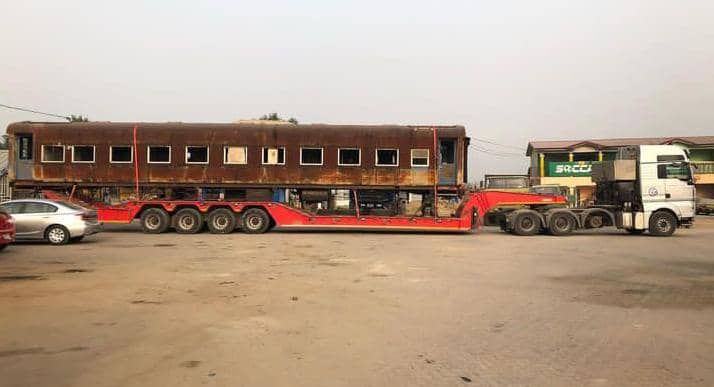


Comments ()